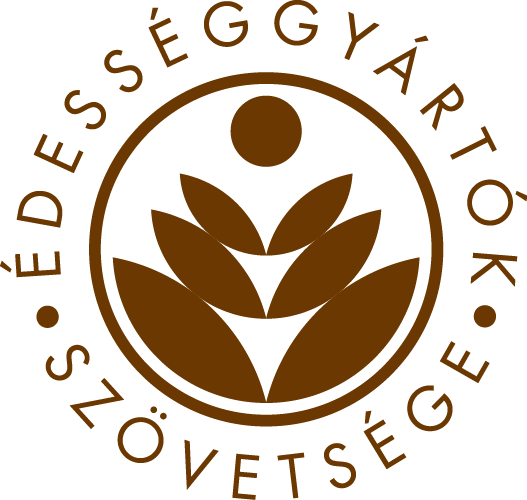In times of peace, crisis and war, people have always loved, love, consumed and consume biscuits, chocolate, candies and other delicacies, said Dr Róbert Török, director of the Hungarian Trade and Hospitality Museum, at the traditional pre-Easter round table discussion of the Association of Hungarian Confectionery Manufacturers.
He added that people look for sweets and chocolate even in times of crisis, and manufacturers have always found the right answers for the given circumstances. They substituted raw materials, experimented with alternative delivery routes, and came up with new recipes in order to always be able to produce confectionery and chocolate. This was already the case during the Napoleonic conquests, but also during the crises and major wars of the 20th century.
The Secretary General of the Association of Hungarian Confectionery Manufacturers, Mr Gábor Intődy, reported that the sector has overcome some recent difficult periods. The recession of 2008, the introduction of the public health product tax in 2011, and the pandemic in 2020 significantly reduced the demand for sweets, which stabilized by 2021 with the introduction of the vaccinations. Manufacturers are currently optimistic and do not expect a similar decline. At the moment, we can clearly speak of an increasingly more expensive market. The main reasons are the inflationary environment, raw material prices, energy prices, labour costs, a significant increase in the NETA tax, and the attempts by traders to curb their losses due to their rising expenses, additional taxes and price caps.
According to the Association’s estimate, the increase in the price of chocolates, biscuits, candies and other confectionery products was around 20% in total, while the turnover rose by 20% to around HUF 310 billion, with sales volumes typically stagnating or slightly decreasing. With this, the increase in the price of sweets remained below the average food inflation of around 40%. Even so, there are big differences between the product groups: some have become drastically more expensive and other less so. There was also a winning product category last year: ice cream, where sales increased by around 5%. Meanwhile, the price of ice cream has also risen significantly, due in no small part to hiking energy costs, because ice cream is a very energy-intensive delicacy due to the need for continuous deep cooling.
Hungarians generally do not give up their quality expectations despite the price increase. According to the Association’s survey, 49% of confectionery consumers answered that they do not compromise on quality, but rather buy the given product less often and in smaller quantities. 37% are at times more price sensitive and at times choose quality, and only 14% clearly almost always choose the cheaper product.
Manufacturers emphasize that innovation continues: they strive to make their confectionery products more attractive with new flavours, colours, and packaging. At Easter, the most popular candy is still the chocolate rabbit, followed by the chocolate egg.
The manufacturers are optimistic, they expect that raw material prices will stabilize, energy prices will stagnate, and they hope for further rationalization and administrative simplification in tax matters. According to their forecast, the decline in turnover will not be as significant as in the 2008 recession or the first year of the pandemic, and they do not expect a prolonged crisis. At the same time, referring to the sudden changes and hectic processes of the economic, ecological and social environment, it was noted that with such predictions, hopes and estimations, it should be taken into account that nowadays ‘you never know’.
About the Association of Hungarian Confectionery Manufacturers:
Founded in 1992, the Association of Hungarian Confectionery Manufacturers (MÉSZ) is the ambassador of the producers of quality confectionery to be consumed with pleasure and moderation. The Association engages in dialogue with the public and decision-makers and represents the interests of the sector in Hungary and in the Union. Its aim is to create a supportive and competitive environment for the Hungarian confectionery industry. It stands for fair taxation, correct regulation, skilled workforce and high quality education. Website: https://www.hunbisco.hu/
For further information please contact:
Gábor Intődy
Association of Hungarian Confectionery Manufacturers
sec.gen@hunbisco.hu
+36 70 359 6989



